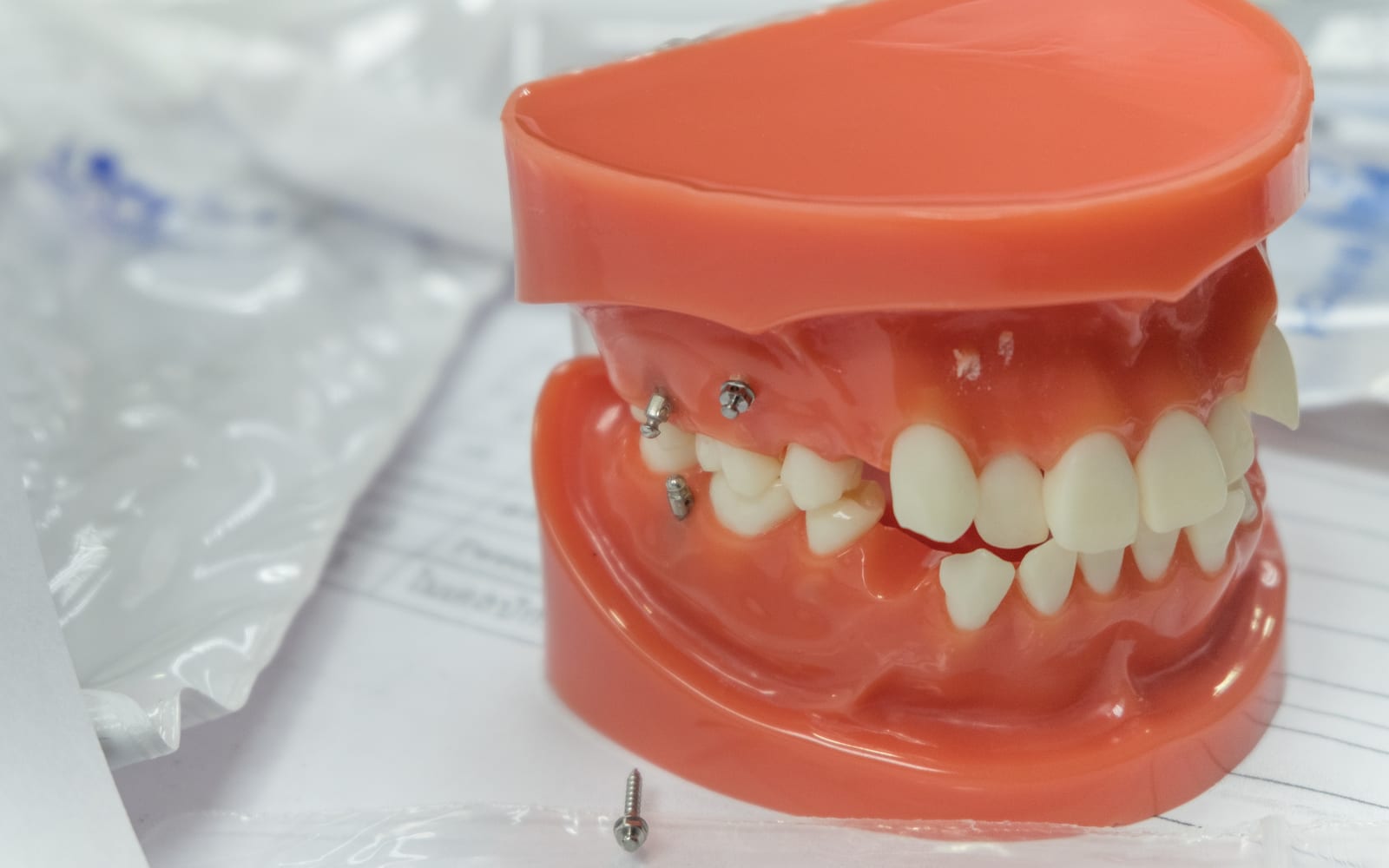Mini dental implants are a lesser-known alternative to traditional implants, reducing the size of the implant by half. Mini implants give patients who cannot receive surgery to replace missing, decaying teeth without the invasive surgery and risk for reduced bone mass. Usually, dental implants work to replace missing teeth by being surgically placed inside the socket with implant posts permanently set into the bone. For those needing an implant option that doesn’t require the time and bone structure to have permanent implants, mini implants take less surgery and space in the mouth and get implants the same day.
The Origins of Mini Implants
Mini dental implants were designed back in the 1970s when the mini dental implant concept was being conceptualized after improvements from the root form implant. Initially, implants operated in a two-stage surgical procedure. Still, with the mini-implant introduction in 1976, it only required a single, non-invasive procedure that can be immediately placed inside with non-invasive procedures. This developed due to the trend of smaller, fully functioning dental devices took hold in the 1960s. They were first developed by Dr. Victor I. Sendax of New York and was later marketed by the IMTEC corporation in the 1990s. Mini implants have only within the last 20 years become popular, allowing that dentists to see the potential in mini implants.
How Mini Implants Work
Mini implants work by removing the waiting period for the osseointegration process, or the process that allows the implant post to fuse to the jawbone. Dentists who advertise these implants can offer them at lower prices because of their smaller size and less invasive procedure, making them highly valuable for patients who cannot afford to wait for the osseointegration to take place. Mini implants are created ideal for compromised, aging, and financially compromised patients. While initially intended as an interim implant, however, today, they’re used as an alternative option for patients. The mini implant is placed within the jawbone, but its miniature form allows the bones to fuse faster to the implant post, making it highly successful.
The Benefits of Mini Implants
Mini implants have a vast amount of benefits since their first true arrival during the 1990s. For patients with compromised jawbones and financial issues, mini implants can provide this list of benefits:
- High Success Rate – Among many of the patients who received mini implants, the procedure’s success rate exceeded as far as 95%. For many patients, mini implants have become a life-altering restoration.
- Long-Term Use – The mini-implants can last as long as 20 years with proper care and checkups and approved by the FDA as a long-term solution for tooth restorations.
- Cost-Effective – Mini implants are reported to cost about half as much as traditional implants.
- Immediate Results – Mini implants can be performed as little as one visit and helps patients save costs and time in surgery.
- Preserves Bone Structure – Mini implants can preserve any leftover bone structure in the jaw and have a higher healing time than with traditional implants.
For more information on dental implants, what options are best available to you for dental treatment, and schedule your next dental appointment, contact Dr. Jean Li at Perio & Implant at Washington Metro in Rockville, MD information.



